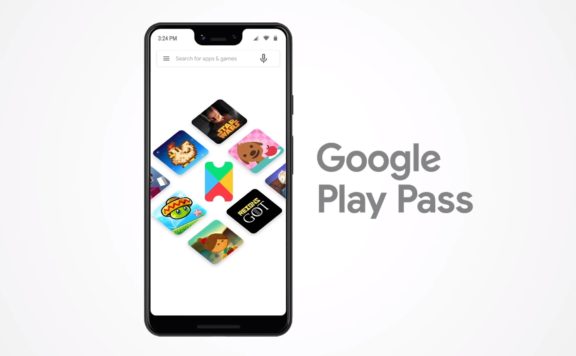Gamification has revolutionized the world of in-company training. It is one of the fundamental techniques of modern marketing. The advantages of gamification are therefore undeniable. However, there are certain limitations to take into account regarding the application of this playful approach. What limits are we talking about and what are the pitfalls to avoid?
Gamification: to motivate employees
Gamification first appeared in 2000 after the finding of employees’ lack of enthusiasm for taking vocational training. Companies have therefore begun to organize games and contests internally, or for customers, for the benefit of performance or loyalty. Symbolic, financial rewards or level rises have been offered. The term gamification was democratized in 2010 and is currently being adopted by many companies around the world.
Gamification refers to the use of technologies and features derived from video games to apply them in the professional environment or in learning with the help of game animation company. These video game actions are actually linked to psychological mechanisms that can generate new knowledge, soft skills, and enriching interactions.
The purpose of gamification is to motivate employees or learners while transmitting essential values and essential information. It makes it possible to collect data while increasing the frequency and quality of contacts in order to improve the profitability of activities. There is an infinity of gamification techniques, such as:
- Point systems;
- The challenges;
- The badges;
- The levels;
- The statutes;
- Collaboration;
- The scoring;
- Progress, etc.
The advantages of gamification
Gamification now affects all sectors of activity, from education to medicine, industry, catering, communication, and much more. Widespread digitalization and the almost systematic exploitation of social networks facilitate its expansion. This solution, therefore, presents itself as an innovative marketing strategy that meets both the objectives of brands and consumer needs. It promotes the engagement of customers, employees, or learners.
As part of an apprenticeship, gamification makes it possible to obtain an increase in skills. As part of the work, it helps to observe and control each employee to know his capacity, degree of involvement, and level of progress. As a result, the benefits of gamification are multiple, namely:
- Customer engagement and loyalty;
- Branding, company awareness;
- Strengthening and facilitating communities;
- Entertaining activity generating social ties and exchanges;
- Effectiveness of learning;
- Product placement, data collection.
What are the limits of gamification?
Although the results of gamification tend to confirm its effectiveness, studies have highlighted its limitations and disadvantages. It turns out that in some cases, gamification can have the opposite effect: it can become counterproductive and harm the well-being of employees. It is very important that a gamification campaign is perfectly adapted to the sector of activity and the company’s values. A tool that is not appropriate to the context and situation, even if it has been proven in others, will not necessarily work for a given company. It’s about compatibility.
In addition, gamification must always provide a reward, which is motivating. Indeed, employees or customers will find no interest in engaging in the serious games of gamification if they do not get a counterparty. The problem is that the reward may come before the message. Similarly, if the game is too complicated, no one will really be motivated to participate. Conversely, if the game is too simple, people will get tired. We must therefore find the right balance and compromise.
Another disadvantage is that gamification techniques often face the problems of cheating or hacking with robotic programs that can sabotage games. So most probably you’ll have to find unity developers for hire.
A playful learning method applied to the professional universe, gamification often raises the question of dependence. It is used by many marketing and customer relations experts and presents itself as a business strategy to drive the behavior of subjects.
To draw the line
The added values of gamification are indeed tangible provided you master the tools and know-how to use them wisely! Gamification can be a real asset for your professional training when it is consistent with the main objectives. It is also important to listen to your employees and to make changes if necessary.








